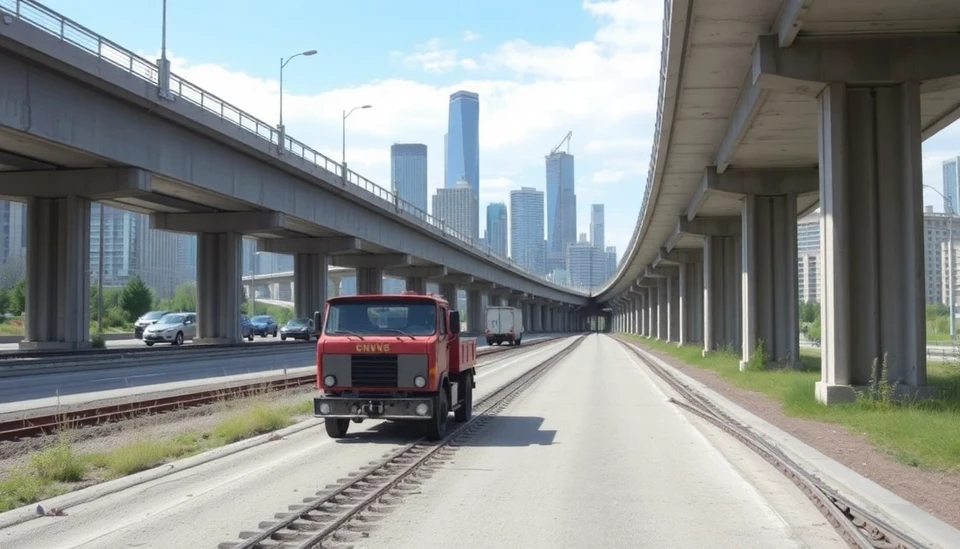
As Canada continues to grapple with infrastructure that is rapidly aging, the demand for maintenance and development far exceeds the financial investments currently being made. Recent reports highlight a concerning trend: critical projects across the nation face significant delays and funding shortfalls, leaving both communities and economies at risk.
Government assessments indicate that many of the country's roads, bridges, and transit systems are in dire need of repair or replacement. However, the financial resources allocated for infrastructure improvements have not kept pace with the growing needs. This discrepancy poses serious questions about the future sustainability of Canada's infrastructure and its capacity to support a burgeoning population.
The Canadian government’s ambitious plans to rejuvenate its infrastructure through investments aim to counteract these challenges. Nevertheless, the execution of these plans has been sluggish, with projects often caught in bureaucratic red tape or facing funding gaps that stall progress.
Experts warn that the aging infrastructure not only hampers daily commutes and goods transportation but also poses safety risks for Canadians. They emphasize that delayed repairs and upgrades can lead to catastrophic failures, which may endanger lives and elevate costs associated with emergency responses and subsequent repairs.
The failure to invest adequately in infrastructure is also seen as a threat to Canada's economic vitality. Robust transport networks and reliable public services are essential for attracting and retaining businesses, fostering innovation, and ensuring a high quality of life for residents. Critics argue that without timely investments, Canada may face decreased productivity and competitiveness on a global scale.
Moreover, environmental sustainability has become an increasingly pressing concern. Outdated infrastructure is often less efficient and contributes to greater emissions; thus, modernizing these systems is not just a logistical issue but also a crucial step toward achieving climate goals. There are calls for investments in green infrastructure that can reduce environmental impacts and promote sustainable growth.
In conclusion, as Canada contemplates its infrastructure challenges, the consensus among experts is clear: immediate and strategic investment is necessary to prevent further deterioration of essential services. The ongoing conversations among policymakers, urban planners, and community leaders highlight a shared urgency to prioritize infrastructure funding before the ramifications of neglect become insurmountable.
To effectively address these issues, a renewed commitment to infrastructure investment is required at all levels of government, and it must coincide with a strategic vision for the future of Canada's communities and economy.
#infrastructure #aging #Canada #investment #infrastructure #crisis #economy #safety
Author: Rachel Greene




